About the Authors
Dr. Shannon Hengen , professor and chair of English at Laurentian University in Sud-bury, Ontario, Canada, has published books, chapters in books, articles, and reviews of Margaret Atwoods work over approximately twenty years. In addition to seminars on Atwood, she teaches modern and contemporary writers in English, particularly those of North America, with a focus on female poets and dramatists, and in an interdisciplinary MA in Humanities.
Mr. Ashley Thomson is a librarian at Laurentian University and has coauthored or co-edited seven previous books: The Directory of Canadian Private Residential Schools (Toronto: Methuen, 1986); The Bibliography of Ontario History, 1976-1986 (Toronto: Dundurn, 1989); Temagami: A Debate on Wilderness (Toronto: Dundurn, 1990); At the End of the Shift: Mines and Single-Industry Towns in Northern Ontario (Toronto: Dun-durn, 1992); Sudbury: Rail Town to Regional Capital (Toronto: Dundurn, 1993); The Bibliography of Northern Ontario, 1966-1991 (Toronto: Dundurn, 1994); The Handbook of Canadian Boarding Schools (Toronto: Dundurn, 1999).
SCARECROW PRESS, INC.
Published in the United States of America
by Scarecrow Press, Inc.
A wholly owned subsidiary of
The Rowman & Littlefield Publishing Group, Inc.
4501 Forbes Boulevard, Suite 200, Lanham, Maryland 20706
www.scarecrowpress.com
Estover Road
Plymouth PL6 7PY
United Kingdom
Copyright 2007 by Shannon Hengen and Ashley Thomson
All rights reserved. No part of this publication may be reproduced, stored in a retrieval system, or transmitted in any form or by any means, electronic, mechanical, photocopying, recording, or otherwise, without the prior permission of the publisher.
British Library Cataloguing in Publication Information Available
Library of Congress Cataloging-in-Publication Data
Hengen, Shannon Eileen.
Margaret Atwood : a reference guide, 1988-2005 / Shannon Hengen, Ashley Thomson.
p. cm.
Includes bibliographical references and indexes.
ISBN-13: 978-0-8108-5904-3 (hardcover : alk. paper)
ISBN-10: 0-8108-5904-1 (hardcover : alk. paper)
1. Atwood, Margaret Eleanor, 1939Bibliography. 2. Atwood, Margaret Eleanor, 1939 Interviews. 3. Women and literature-Canada-Bibliography. I. Thomson, Ashley. II. Title.
Z8046.947.H46 2007
[PR9199.3.A8]
| 016.818'5409dc22 | 2006038788 |
 The paper used in this publication meets the minimum requirements of American National Standard for Information Sciences Permanence of Paper for Printed Library Materials, ANSI/NISO Z39.48-1992. Manufactured in the United States of America.
The paper used in this publication meets the minimum requirements of American National Standard for Information Sciences Permanence of Paper for Printed Library Materials, ANSI/NISO Z39.48-1992. Manufactured in the United States of America.
Preface
Shannon Hengen
The work of a bibliographer such as Ashley Thomson, who compiled this work, is as meticulous and invaluable as it is thankless. An exhaustive compilation, this book represents something like a monument in Canadian literary criticism, belied by its modest title: a reference guide. For to peruse these pages carefully is to make a passage through significant moments in the life not just of the writer, Margaret Atwood, but of her generation. The critical reception of her forty-four published books having been recorded, we chart cultural history.
Why, for example, have so many scholars been drawn to the 1985 dystopian novel, The Handmaids Tale ? What important ethos in North American or indeed Western life was so articulated by Offred and those who oppressed her? While many scholarly treatments of the novel address the literary issue of genreIs it dystopian? feminist? anti-feminist? anti-utopian?concerns beyond the literary never fail to emerge, most importantly among them: Is North Americas future to be guided by the religious right? If not, then by whom or what?
That Atwoods work stimulates opposing views seems an indication of its ability to observe a segment of North American lifemiddle class, mainstreamwith striking clarity. Critics do not agree if the oeuvre is, for example, baldly nationalistic, or if its wide international appeal implies much broader concerns than those involving Canadas identity. Is it modern or postmodernthat is, does the work seem deliberately well wrought, a thing complete unto itself, or do experimental techniques such as indeterminacy and lack of closure express profound contemporary uncertainties? Does the oeuvre qualify as postcolonial in the extent and kind of views of imperial power expressed in it? Why is her work, so engaging on the page, so challenging to adapt to film, among Western cultures most easily consumed media? While critics agree that myth and folklore underlie many of her stories, we disagree in her attitude to them: Are they destructive and unavoidable in their appeal, or are they malleable and useful? And, is she a comic writer; if so, how?
The growing scholarly field of cultural studies has opened literary analysis to issues that connect Atwoods work intimately with its material contexts: attitudes to madness and illness, for example, and to violence, the body, social mores, youth and agingall issues that recur in Atwoods writing. While literary critics often address one another and strictly technical questions, we also increasingly move into dialogue with the greater world and so analyze Atwoods work in relation to forces beyond fiction. Atwood and nature, a theme to which critics have returned again and again over the years, for example, becomes a question of Atwood and the environmental movement.
Influenced by the cultural imagination, Atwood is also a shaper of it. How influential her work has been is made obvious by the sheer heft of this volume, one that all readers of her work will need.
Introduction
Ashley Thomson
Margaret Atwood: A Reference Guide, 1988-2005 is the successor to Judith McCombs and Carole L. Palmers Margaret Atwood: A Reference Guide (Boston: Hall, 1991). Both books celebrate the impact of Canadas best-known living authorso well known in fact that she is sometimes mistaken for an American.
While the new book picks up where McCombs and Palmer left off, retaining the chronological arrangement of entries from the original as well as author and subject indexes, it is different from its predecessor title in three significant ways. First, instead of concentrating solely on Atwoods books as did McCombs and Palmers, this book attempts to include all of Atwoods works, from books, to articles, to short stories, to letters to the editor, to individual poetry. Adaptations of Atwoods works are also included as are some of her comments that have been quoted publicly. Second, references about At-wood are more finely arranged. Rather than listing them alphabetically by author, the new guide sorts them first by type: Interviews, Scholarly Resources, and Reviews. Third, while the new book attempts to provide annotations for many Interviews and Scholarly Resources, unlike McCombs and Palmer, physical limitations of the new manuscript precluded extensive excerpts from reviews.
As far as possible, the individual citations in this guide reflect the Modern Language Association (MLA) format, although sharp-eyed readers will note some variations that deserve to be explained. The pure MLA format is possible in a research paper with an alphabetical list of citations at its end. The citations in this reference guide are not, of course, initially organized alphabetically but by date. This explains why the book does not follow MLA, which places the date of original publication ahead of the date that an item was republished (MLA 5.6.17). Instead this book lists the dates of republication first, with date of original publication second, as, for example, 1988 1972. Similarly, reprints of scholarly articles are not listed by date of original publication (MLA 5.6.7) but by date of republication with a note that the article is Reprinted from. In addition to being primarily organized by date, this reference guide is indexed. That explains why it does not follow the MLA style for translations (MLA 5.6.13) which make no reference to the language of the original work.


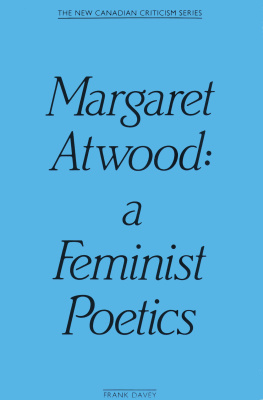
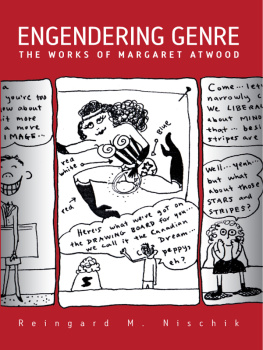


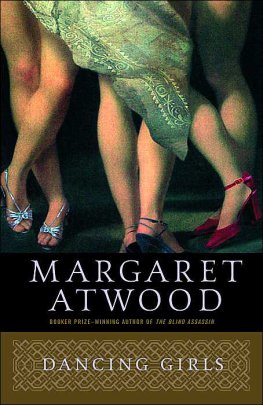
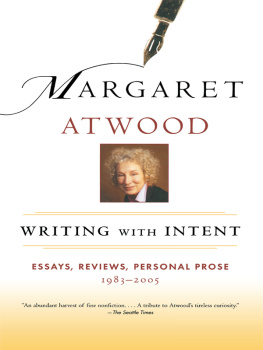
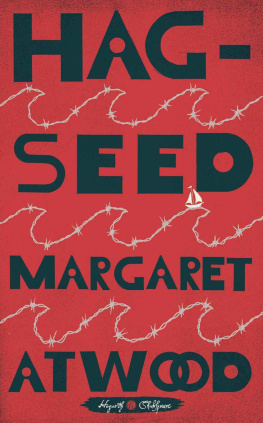
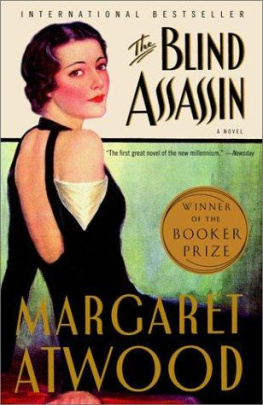
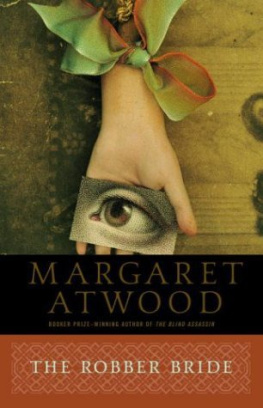

 The paper used in this publication meets the minimum requirements of American National Standard for Information Sciences Permanence of Paper for Printed Library Materials, ANSI/NISO Z39.48-1992. Manufactured in the United States of America.
The paper used in this publication meets the minimum requirements of American National Standard for Information Sciences Permanence of Paper for Printed Library Materials, ANSI/NISO Z39.48-1992. Manufactured in the United States of America.